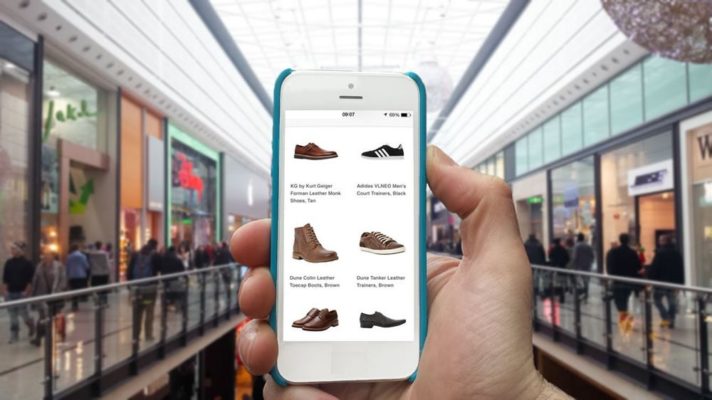While this space is still evolving, here are some ways retailers are embracing technology to identify and fulfil the shopping micro-moments
BLE Beacons
Business Insider estimates that there will be 4.5 million active beacons by 2018, of which 3.6 million will be in retail. Retailers globally are adopting beacons to engage with their consumers in a relevant, meaningful and timely manner.
BLE Beacons use the Bluetooth Low Energy technology, powered by lithium cells and consuming 50-99% less power than classic Bluetooth. This also means that the beacons can last longer, usually 2 to 3 years. They run on 2.4 GHz radio spectrum alike wi-fi networks.
Bengaluru based Mobmerry (www.mobmerry.com) is one company that has demonstrated the value of deploying beacons at retail. Mobmerry has deployed nearly 1000 beacons across many stores in the city, working with over 100 leading brands & boutiques. Beacons enable stores to carry out proximity marketing – reaching out to users in the store vicinity with targeted offers – thus driving store walk-ins.
With beacons, brands and store owners also get the power to meaningfully engage with in-store shoppers. Beacons can enable heat maps that then tell the brands where users are spending more time within the store, and grow loyalty through reward points every time users visit a store.
Beacon driven smart stores
The beacons installed again could turn a dumb touchscreen device into a smart, contextual in-store marketing terminal. Imagine a touchscreen welcoming a consumer stepping into the store with a personalized greeting, displaying his/her wish listed products with information on any deals, recommended products based on user preferences & history, etc.
The beacon attached to the store merchandize can communicate with the Smartphone app and trigger targeted, personalized information on a screen in-store to drive conversions. Imagine a scenario where you are looking at a shoe in store, and the screen turns live with information around your size availability, price offers, etc. It’s an effective nudge for the consumer to move into the buy process.
Enabling discovery & buy via image search
Visual search tools hugely save time and effort for consumers. Users can take a photo of the product or brand they are looking for, or even just upload an existing image from their device to search similar products. The image search tool would throw results in the form of matching/similar products with pricing and where-to-buy information.












